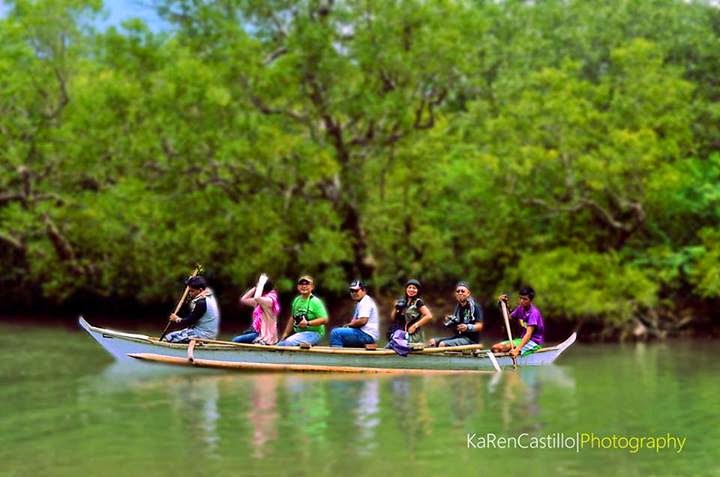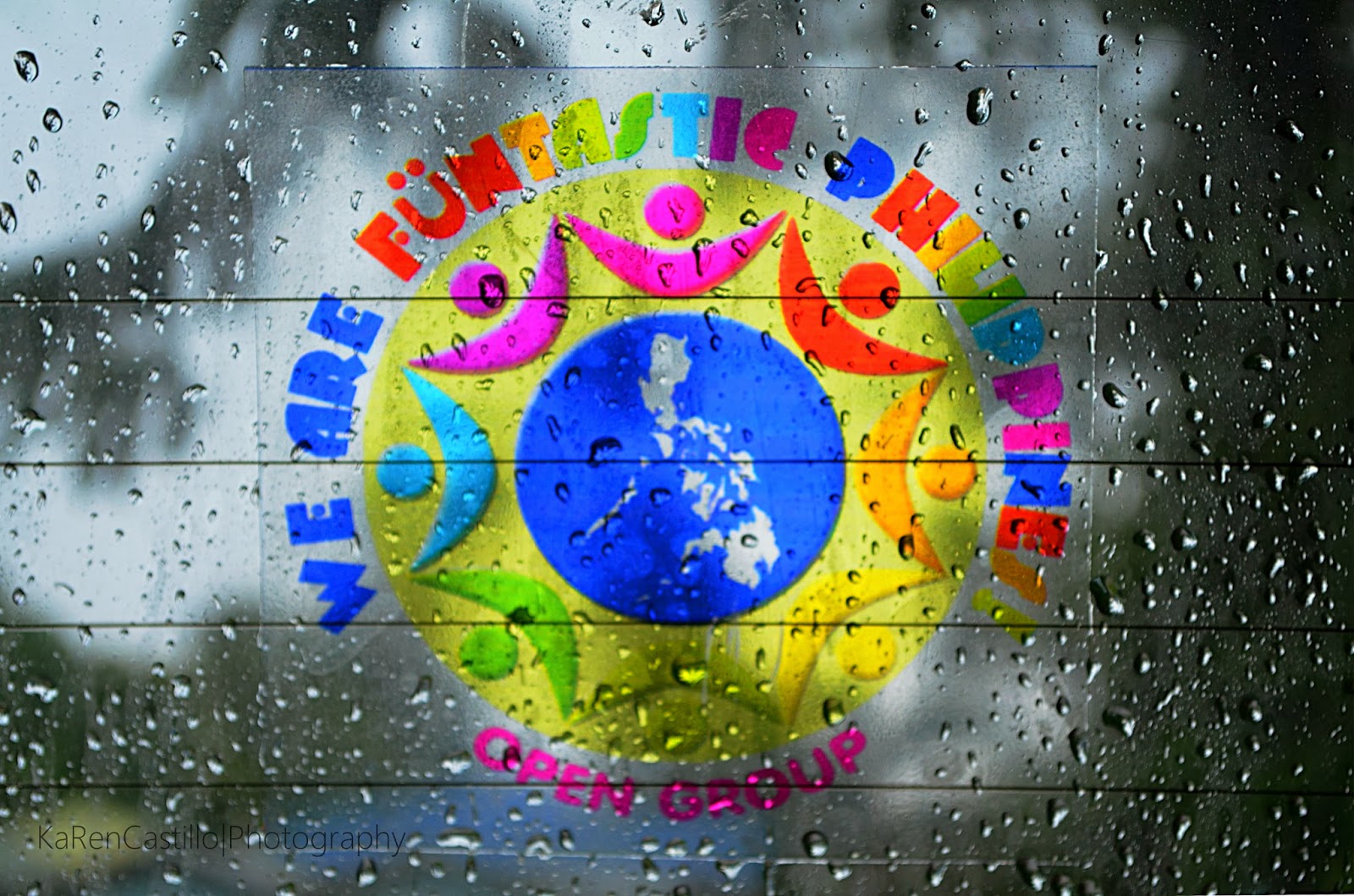The reports are true! The gWAFPos and gWAFPas of "WAFP" has invaded the Atis Capital of the Philippines! WAFP members (Professionals, Photographers and Students) from everywhere in the Philippines have gathered to this wonderful town of Lobo to discover and exprience the untouched beauty and of course to savor and taste it's bountiful produce, the sweet and tasty "Atis".

Lobo (Lu-bo/pronounced like tubo - sugarcane) got it's name during the middle part of the Spanish regime. One evening a group of settlers residing in the place called Poblacion, gathered together to talk and decide as to what name they will call the place, when suddenly over Mt. Banoy they saw a balloon. The balloon which was believed to have flown from then the town of Batangas, while the they are confidentially celebrating the eve of their town fiesta. Because of that very wonderful incident, they unanimously agreed that "LOBO" meaning balloon be adopted. Lobo was founded on September 27, 1871.-WOWBatangas.com
 |

The group arrived at the town of Lobo at around 7:30am and met with local tourism officer Mr. Roubin Ayag outside the St. Michael Archangel Parish Church. After a short briefing, the group listen intently about the history of Lobo during the orientation. Excitement started to build up, pumped up photographers shouts out the groups battle cry, "WE ARE FUNTASTIC PHILIPPINES"!
First stop is the Mangrove swamp forest at The Batangas State University extension campus in Brgy. Lagadlarin. We were all ears as the people managing the Campus informed us about the importance of the Mangrove trees in the community and most specially the environment.Boats were hired to accommodate the group during the ride along the mangrove forest.
Next stop is Known as the Faro de Punta de Malabrigo, Designed in 1891 by Guillermo Brockman, and built by by Jose Garcia in 1896,declared as national landmark in November 27, 2006. An outstanding work of architecture from the spanish colonial period. The parola guides the seafarers passing the Verde Island Passage to Tayabas Bay.
In many ways, Malabrigo in Lobo, Batangas is not your ordinary white beach it has a different characteristic because it's not sandy but it is littered w/ pebbles. The shorelines are filled with pebble stones of different sizes, which makes the water clearer than any normal sandy beach. However, the stones are not rough ones. According to a local, the stone are carried to the shore during monsoon months.
During the break, there are group games prepared for the FUNLakwatsa members. It is a regular part of program to establish fun and camaraderie among the WAFP members.

And of course food, very FUNLakwatsa is an opportunity to practice the traditional food fest called "boodle fight" where everybody shares whatever is served.
Interview with Councilor Ilagan about Lobo, Batangas  PTV4 crew is also present during the FUNLakwatsa to cover the event for media exposure :)
PTV4 crew is also present during the FUNLakwatsa to cover the event for media exposure :)
For more photos about the event click on
https://www.facebook.com/media/set/?set=oa.472196762858556&type=1
Join our WAFP FUNLakwatsa, get some updates https://www.facebook.com/groups/we.are.funtastic.philippines/
 PTV4 crew is also present during the FUNLakwatsa to cover the event for media exposure :)
PTV4 crew is also present during the FUNLakwatsa to cover the event for media exposure :)https://www.facebook.com/media/set/?set=oa.472196762858556&type=1












